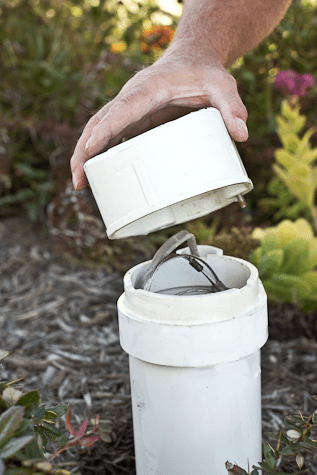Water Pollution: Is the Head of the EPA Helping or Hurting?
Something’s not making sense here. The U.S. Environmental Protection Agency has been working for decades to put regulations in place that help to assure we have access to clean, safe drinking water. Now, it looks like the current head of that Agency is starting to chip away at those regulations. Here’s the gist of what he’s done already:
A Hollywood scriptwriter couldn’t make this up. One day after new data revealed widespread toxic water contamination near coal ash disposal sites, U.S. Environmental Protection Agency (EPA) head Scott Pruitt announced a proposal to repeal the very 2015 EPA safeguards that had required this data to be tracked and released in the first place. Clean water is a basic human right that should never be treated as collateral damage on a corporate balance sheet, but that is exactly what is happening.
This proposal clears the way for polluters, and polluter-funded politicians, to write weak standards for groundwater monitoring and coal ash cleanups, and attacks several core health and environmental protections included in the standard that was enacted in 2015. This comes as the first round of water testing, carried out under the new EPA standard, revealed some shocking results. As the New Republic reported:
“At more than 70 sites across the country, toxins like arsenic, mercury, and radium are leaching into groundwater from pond-like storage pits filled with the sludgy leftovers of coal burning. That’s the most alarming takeaway from reports that the coal industry was required to submit to the Environmental Protection Agency this month, part of the first-ever federal regulations of the waste product known as coal ash … So far, the reports have shown coal ash leaking into groundwater at storage sites in Iowa, Nebraska, Arkansas, Georgia, Montana, Washington, Michigan and Florida.”








 Because you don’t know what’s been sitting in dormant well, you need to do a few things before you start using the well for drinking, cooking and bathing.
Because you don’t know what’s been sitting in dormant well, you need to do a few things before you start using the well for drinking, cooking and bathing. Municipal water companies need to dose the water with a disinfectant that kills pathogenic bacteria such as e-coli—usually it’s chlorine or chlorine mixed with small amounts of ammonia which react to form chloramine (also called combined chlorine). The Environmental Protection Agency requires that a some of the disinfectant, called a “residual”, remain in the water as it’s being delivered to our homes. They do this every day after testing the level of bacteria. Some days they need put in a heavier dose of chlorine because the bacteria count is high.
Municipal water companies need to dose the water with a disinfectant that kills pathogenic bacteria such as e-coli—usually it’s chlorine or chlorine mixed with small amounts of ammonia which react to form chloramine (also called combined chlorine). The Environmental Protection Agency requires that a some of the disinfectant, called a “residual”, remain in the water as it’s being delivered to our homes. They do this every day after testing the level of bacteria. Some days they need put in a heavier dose of chlorine because the bacteria count is high. This ‘lead’ thing is getting serious! Now the focus is on lead-tainted water in schools.
This ‘lead’ thing is getting serious! Now the focus is on lead-tainted water in schools.